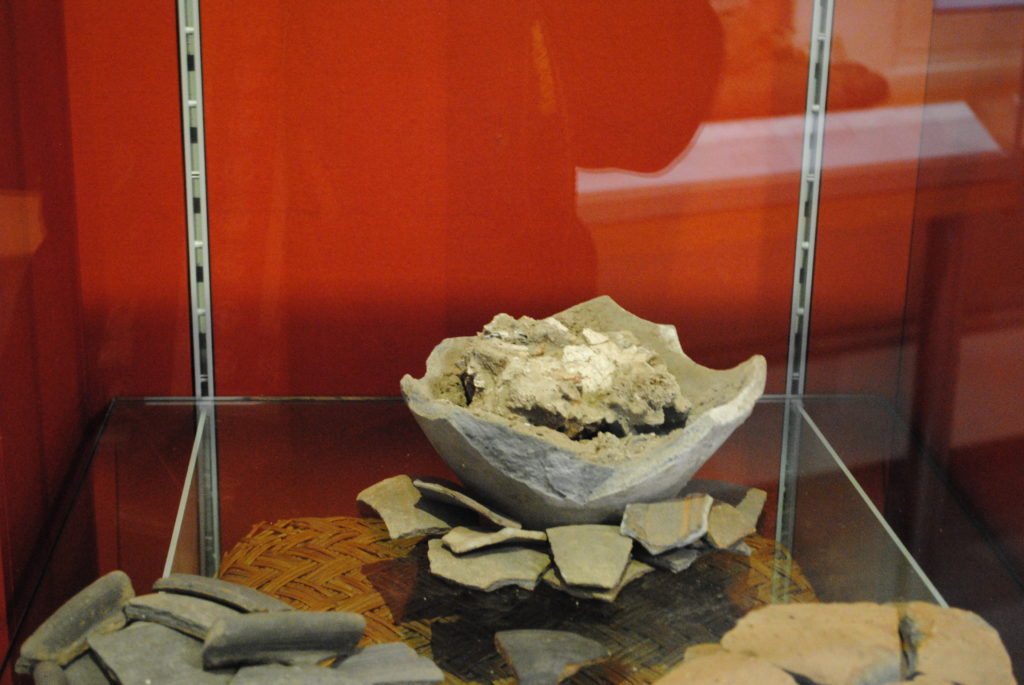My Favourite Object

Havering Museum is a volunteer led museum which prides itself on its volunteer training programme, particularly the under 21 Mentor Training Scheme. We like to encourage young people on this scheme and help them to develop their skills for use in the museum, which can be a great asset to them in their future endeavours.
As part of the Under 21 Front of House Mentor Training Scheme, participants are asked to complete a Favourite Object Exercise which encourages them to critically think about the Museum’s collections. Ryan Montgomery is one of our Saturday Front of House Volunteers and has recently completed the Under 21 Front of House Mentor Training Scheme. As part of the programme, Ryan has written about his favourite object in Havering Museum which Ryan has kindly shared with us as part of our Havering Museum News and also on our blog. We are always on the look out for talented and enthusiastic young people to join as volunteers so if you are interested please contact the museum for further information.
Romano-British Cremation Urn, Second Century.
Among all the artefacts on display at the Museum, my favourite object is the Romano-British Cremation Urn, which dates from the second century CE. I chose this object for several reasons: firstly, although it is something which was simply part of everyday life & death in Roman Britain, the Urn is a poignant reminder of the fact that we have changed very little in almost 2000 years; we still seek to remember and bury our dead as the native Britons did all those years ago. Secondly, the Urn gives us a fascinating insight into life in Roman-occupied Britain. Whilst the Urn was seemingly buried in traditional Celtic fashion, the fact that a cremation took place tells us that the person whose remains once occupied the Urn was able to afford an expensive Roman custom such as cremation, so suggesting that they were living comfortable lives under Roman rule. Again, the fact that the pottery found with the Urn is most likely British, not Roman, in its design & origin, shows us that although the Empire was in control of ‘Britannia’ by this time in history, strong Celtic communities and traditions still survived throughout the island, allowing everyday people to lead their lives in a way that was neither wholly Roman, nor completely Celtic, but rather unique.
- Cremains remains on display in Havering Museum


Excellent observations, Ryan!
When I see the urn again I will be reflecting on what you’ve written.